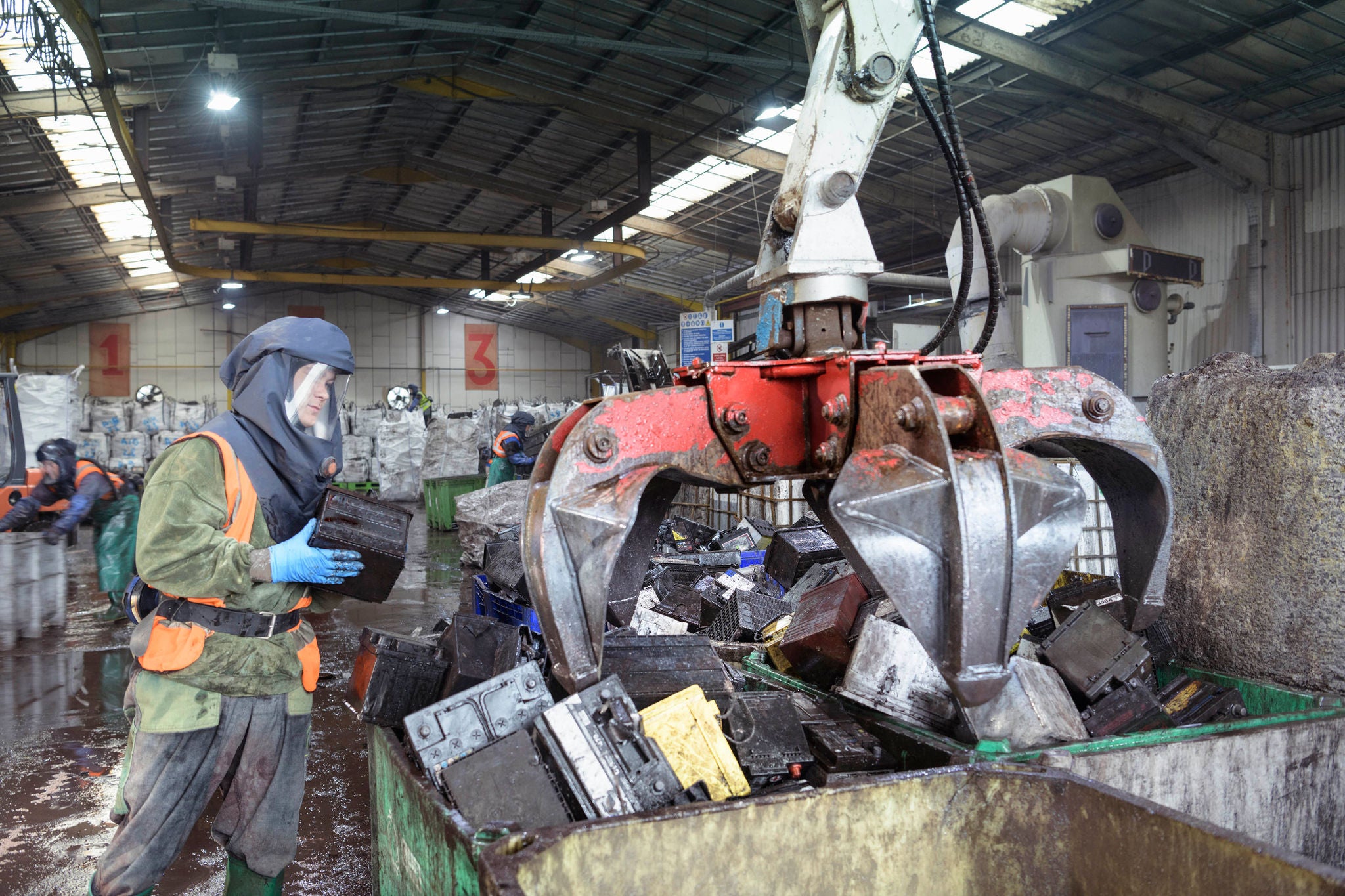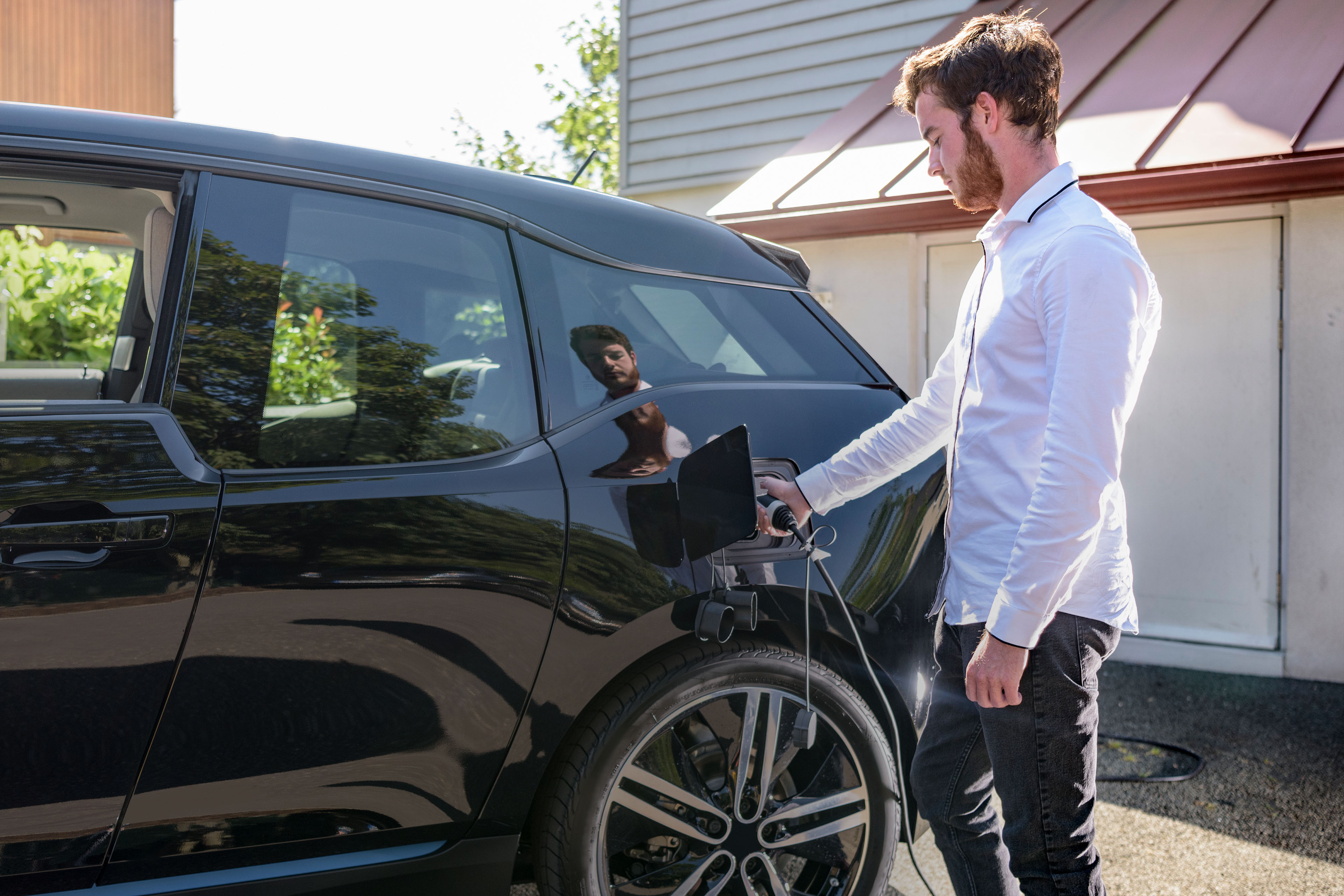As the battery recycling industry in Europe begins to take shape, more and more players are joining the contest for relevance and market share. These players range from materials and cell manufacturers to Original Equipment Manufacturers (OEMs), independent recyclers and waste management companies. Among the strongest players, there is already a noticeable trend toward cross-sector partnerships, alliances and integrated business models rather than direct investments. Since 2017, the lithium-ion battery recycling space in Europe has seen 20 transactions and 24 alliances. Transactions and alliance activity is highly concentrated in the hydrometallurgy technology space, with 19 alliances and 13 investments.
China offers one possible view as to how the European market will ultimately pan out. After years of fragmentation, the country’s localized recycling market is now dominated by battery material suppliers, with the principal OEM taking up a smaller market share primarily focused on its own batteries. Europe is likely to follow the Chinese model, with players across the ecosystem participating in recycling.
Significantly, Asian and North American players are filing patents to establish their license to operate in Europe, keen not to squander another market opportunity after missing out on gigafactories. But it is still unclear who the winners will be in the European lithium-ion battery manufacturing sector. Apart from anything else, there is still no single model for an EV battery recycler in Europe. But it is clear that the players who master the following key capabilities will be able to establish a strong lead:
Scale
The minimum efficient scale for operations tends to be around the four kilo tonnes per annum (ktpa) capacity. Players capable of securing and aggregating this level of feedstock will be better positioned to achieve the required cost economics. However, notably this scale isn’t anticipated until feedstocks grow significantly until the mid to late 2020s as EV batteries start reaching the end of their useful first life in cars.
Collection and distribution
With transportation costs accounting for around 30% of overall recycling costs, players that effectively manage waste loops and logistics will be able to scale, particularly given the regional recycling dynamics. Several leading contenders currently operate a hub-and-spoke model, where primary dismantling takes place close to large supply hubs, while black mass processing is centralized to achieve cost efficiencies.
Integration of recovered metals
The players looking to gain most from recycling materials in their battery design will have a natural advantage given that original battery manufacturers are focusing increasingly on more and more complex cell designs and chemistries. Also, players such as cathode active material (CAM) companies can have the most to gain from reintegrating the materials back into their manufacturing as they know the chemistry best and can manage the warranties best.
Technology development
Technology development is largely centered around how much can be recovered — both in number and volume of materials — and the commercial viability of operations at scale. While cell makers may not lead on in-house technology development themselves, with other independent recyclers currently taking the lead, having a secure pathway to accessing this technology – through ventures, alliances and other partnerships — will be crucial.
Partnering
As technologies evolve rapidly and service delivery models become increasingly regionalized, players with strong technology ecosystems and waste management network partnerships will prevail.
The value case for battery recycling is based on recovering more materials. Accordingly, the partnerships are most likely to succeed will connect a broad range of commodity players through a well-thought-through series of loops and flows. Each player will be focused on a single commodity in the recycling chain, such as nickel, cobalt, lithium aluminum and so on.

